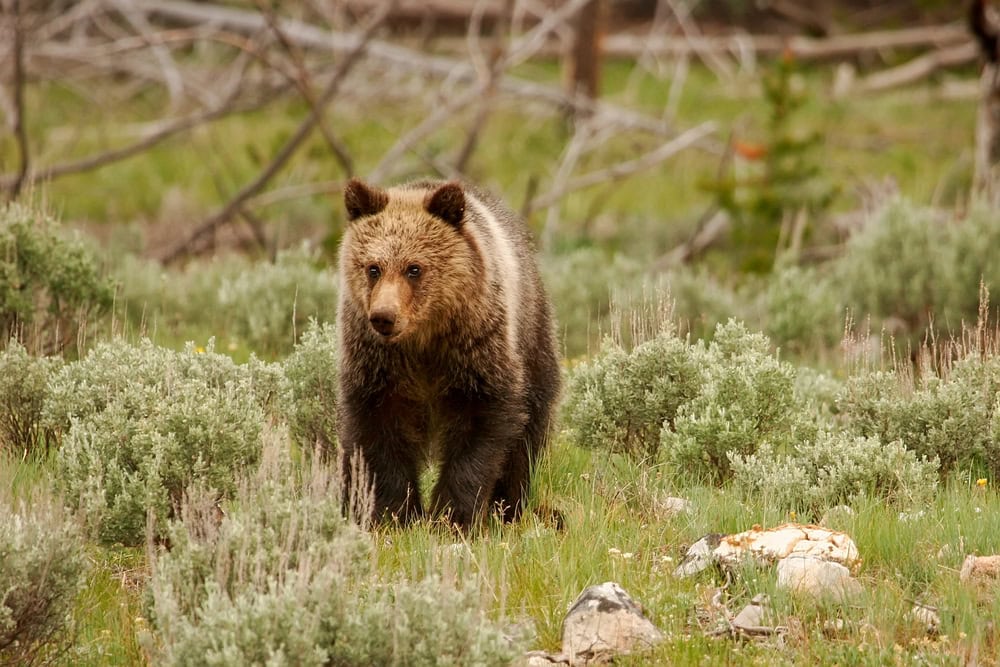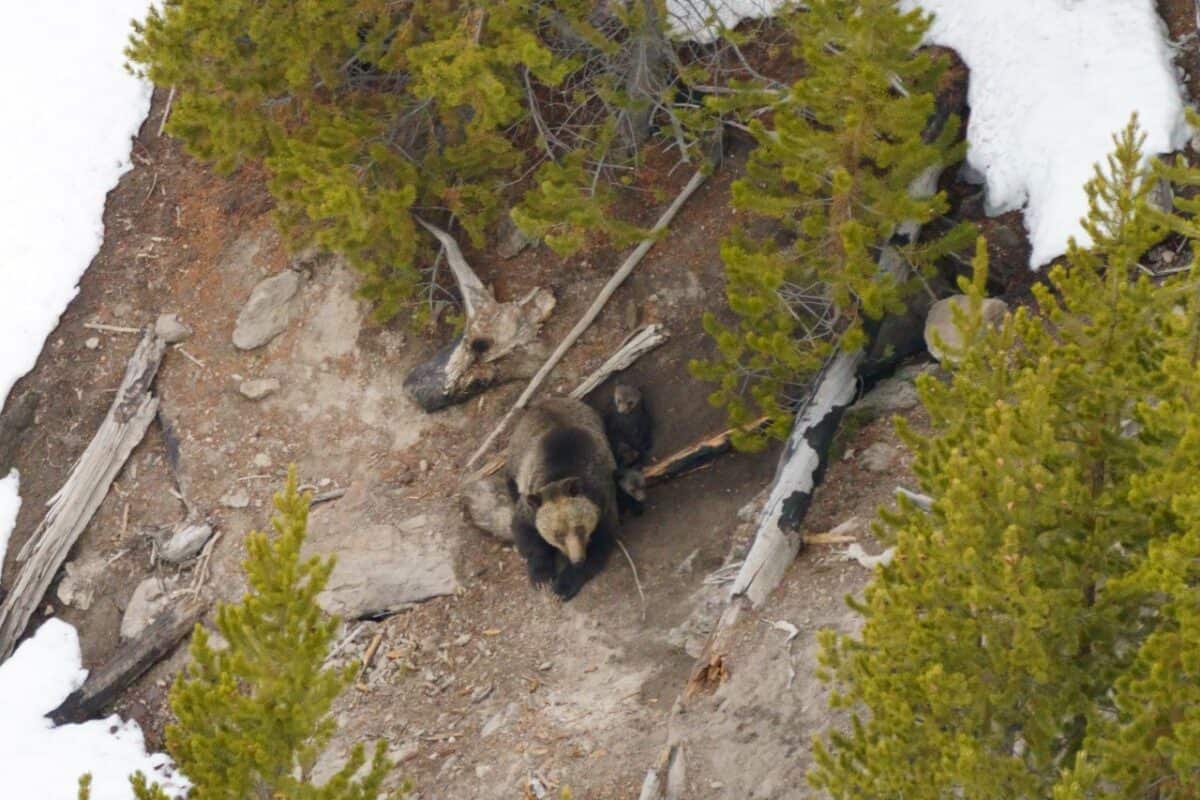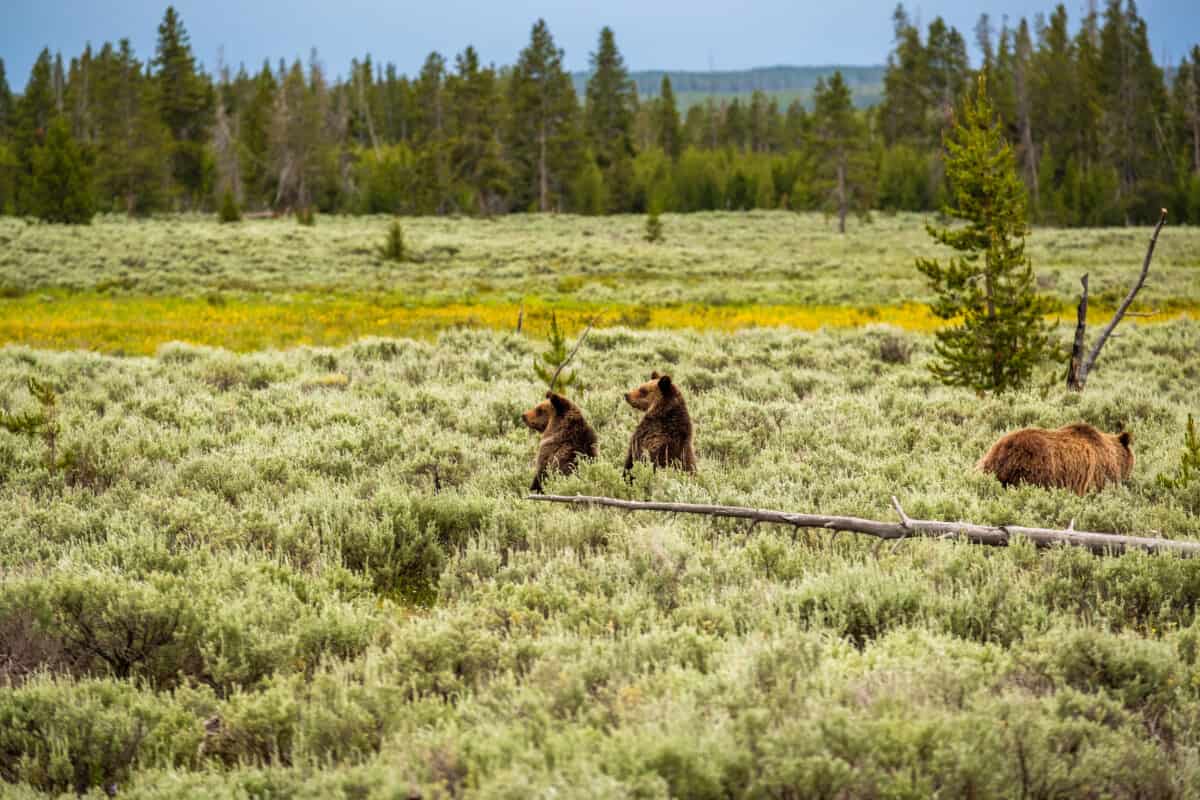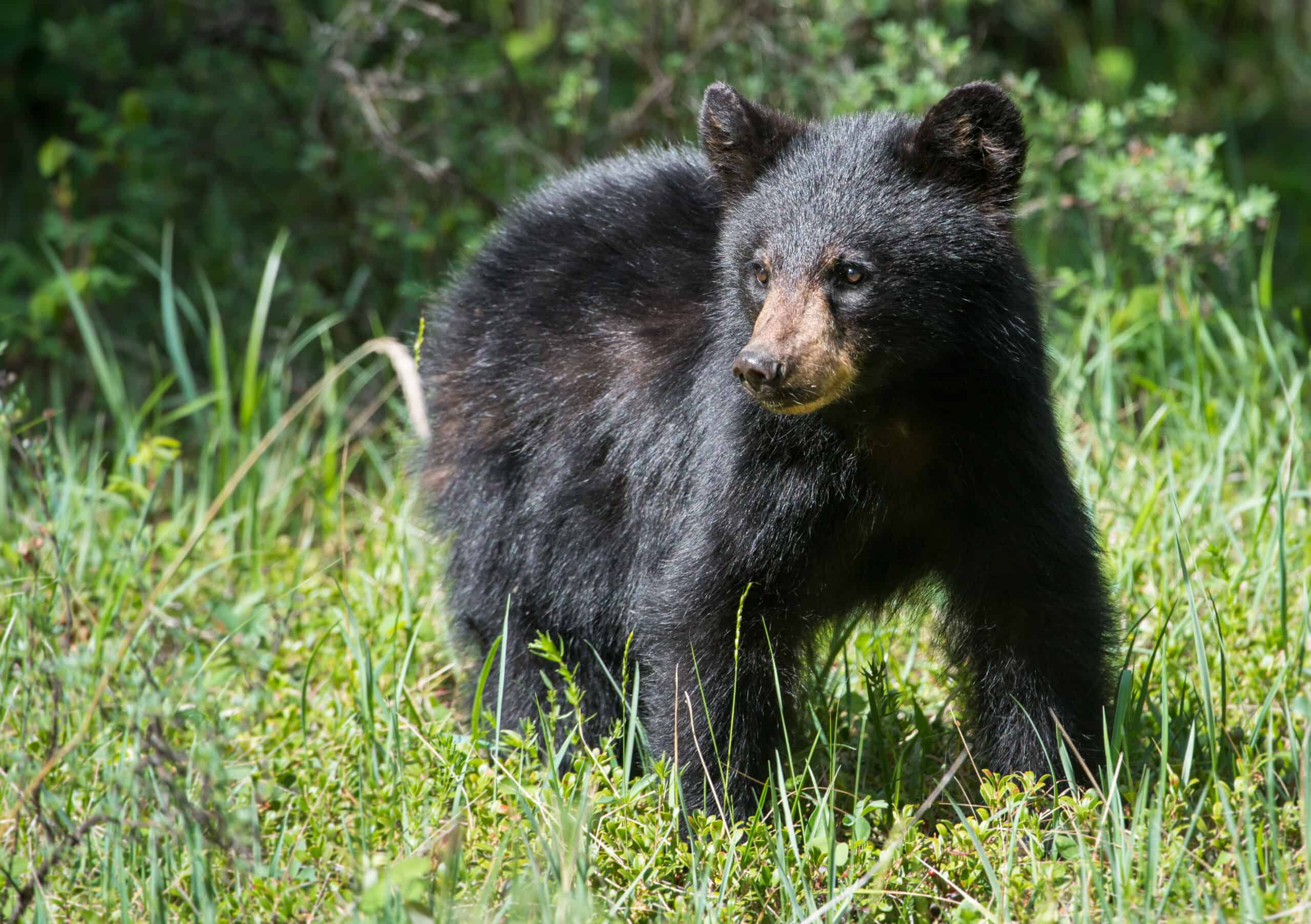As part of an ongoing project to monitor grizzly bear populations and activity in Yellowstone National Park, the Interagency Grizzly Bear Study Team (IGBST) biologists will conduct field captures beginning 1 May 2024, through to 31 October 2024.
Introduction

Last year, from August 28, 2023, to October 31st, 2023, researchers from the IGBST conducted the first round of grizzly bear capture and monitoring activities in Yellowstone National Park. Here, we discuss their findings and the latest project.
Background

This operation, mandated by the Endangered Species Act, is a collaborative effort between the U.S. Geological Survey and the National Park Service, aimed at grizzly bear conservation. Last year, they focused on studying grizzly populations. This year, they focus on both grizzly and black bear populations.
Population Of Grizzly Bears In Yellowstone

As of 2021, the National Park Service reported an estimated population of 1,063 grizzly bears residing within the Greater Yellowstone Ecosystem. Among them, approximately 150–200 individuals are believed to have home ranges that overlap partially or entirely with the park boundaries. These figures reflect a remarkable resurgence in bear numbers, considering that in 1975, the grizzly bear population in the Greater Yellowstone Ecosystem had dwindled to a perilously low count of only 136 individuals.
Population Of Black Bears In Yellowstone

According to the National Park Service, little is known about the black bear population in Yellowstone or whether it has been affected by the increase in grizzly bear numbers and distribution since the 1970s. However, black bears are commonly observed in the park. This highlights the importance of including black bear in the current monitoring project.
2023 Findings

The team found that 2023 was a good “food year” for grizzlies in and around Yellowstone National Park. The IGBST noted that grizzlies weighed in with a higher body fat percentage and in better condition than noted in previous years. This follows a decade (2010–2020) of decreased food availability in the park. Luckily, the food availability has since begun gradually increasing. Further, the team found that the grizzlies are self-regulating their population growth according to the available area and resources.
Grizzlies – An Endangered Species

Grizzly bears have been listed as a threatened species according to the Endangered Species Act (1975). However, in recent years their population numbers have grown stable, meaning they could possibly be delisted as “threatened” sometime soon. This decision may be controversial as it may open the consideration for legal hunting in the future.
2024 Operation

Throughout this year’s field operation, biologists from the IGBST will strategically use grizzly and black bear food sources, such as road-killed deer and elk, to lure the bears to capture sites. At these locations, humane traps will be deployed to safely capture, evaluate, and thoroughly record information about the bears.
Trap Locations

None of the trap sites will be located near established hiking trails or backcountry campsites in the park. The National Park Service is installing conspicuous warning signs at capture sites. These locations must be steered clear of by the general public. This precautionary measure is in place to safeguard the well-being of park visitors, park personnel, IGBST biologists, and grizzly bears.
The Goal

The research team’s primary objective is to conduct ongoing monitoring of the well-being and population dynamics of grizzly bears within the Greater Yellowstone Ecosystem. Additionally, the IGBST seeks to gain insights into the bears’ habitat utilization, as well as how land management initiatives relate to the overall health and welfare of the grizzly bear population.
Present Grizzly Range

While grizzlies are a common sight in Greater Yellowstone during the spring, there are many areas within their natural habitat, such as northwestern Washington and southern British Columbia, where these bears have not been observed for many years. However, federal agencies are looking to change this.
Future Projects

In April, the U.S. Fish and Wildlife Service and National Park Service issued a joint decision to start restoring grizzlies to the North Cascades Ecosystem, where none have been seen since 1996. This area, once part of the 1975 grizzly bear recovery zones, will receive 3–7 bears annually from British Columbia, Montana, or Wyoming, aiming to establish a population of 25 bears in 5–10 years.
Wrapping Up

The grizzly and black bear capture and monitoring operation in Yellowstone National Park, led by the IGBST, represents a crucial endeavor for the conservation of this iconic species. Mandated by the Endangered Species Act, this collaborative effort between the U.S. Geological Survey, the National Park Service, and dedicated biologists is a testament to the commitment to protect and preserve grizzly bears in their natural habitat.
Conclusion

Thanks for reading along! You may also like:
Join our Forum for free today!

